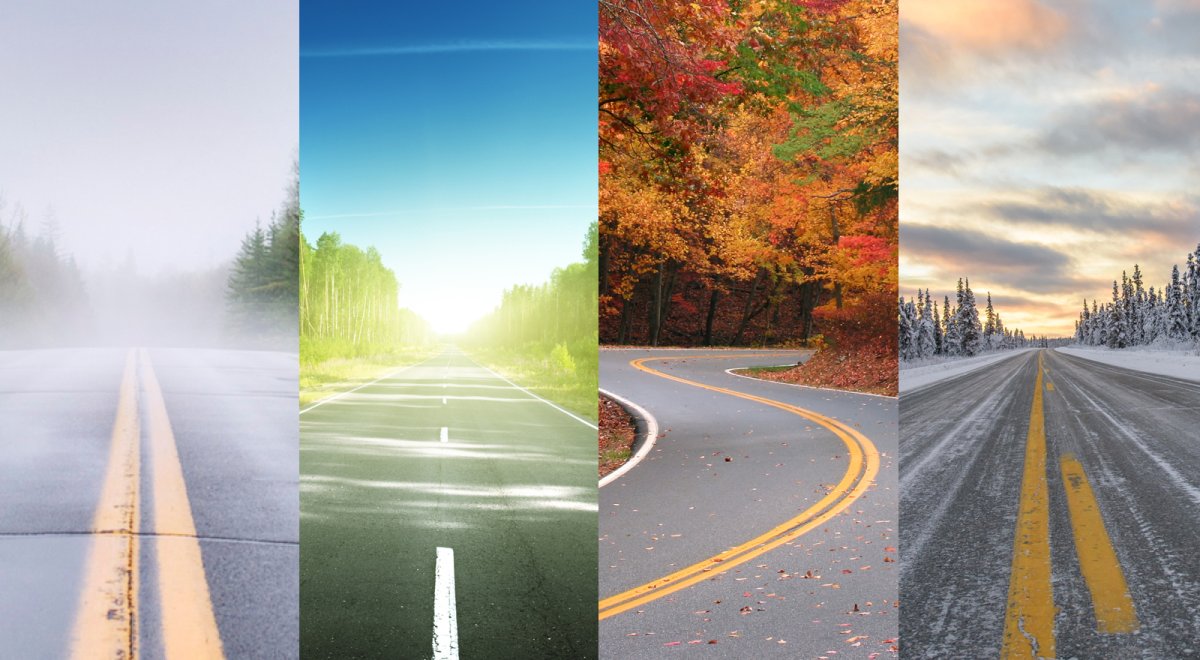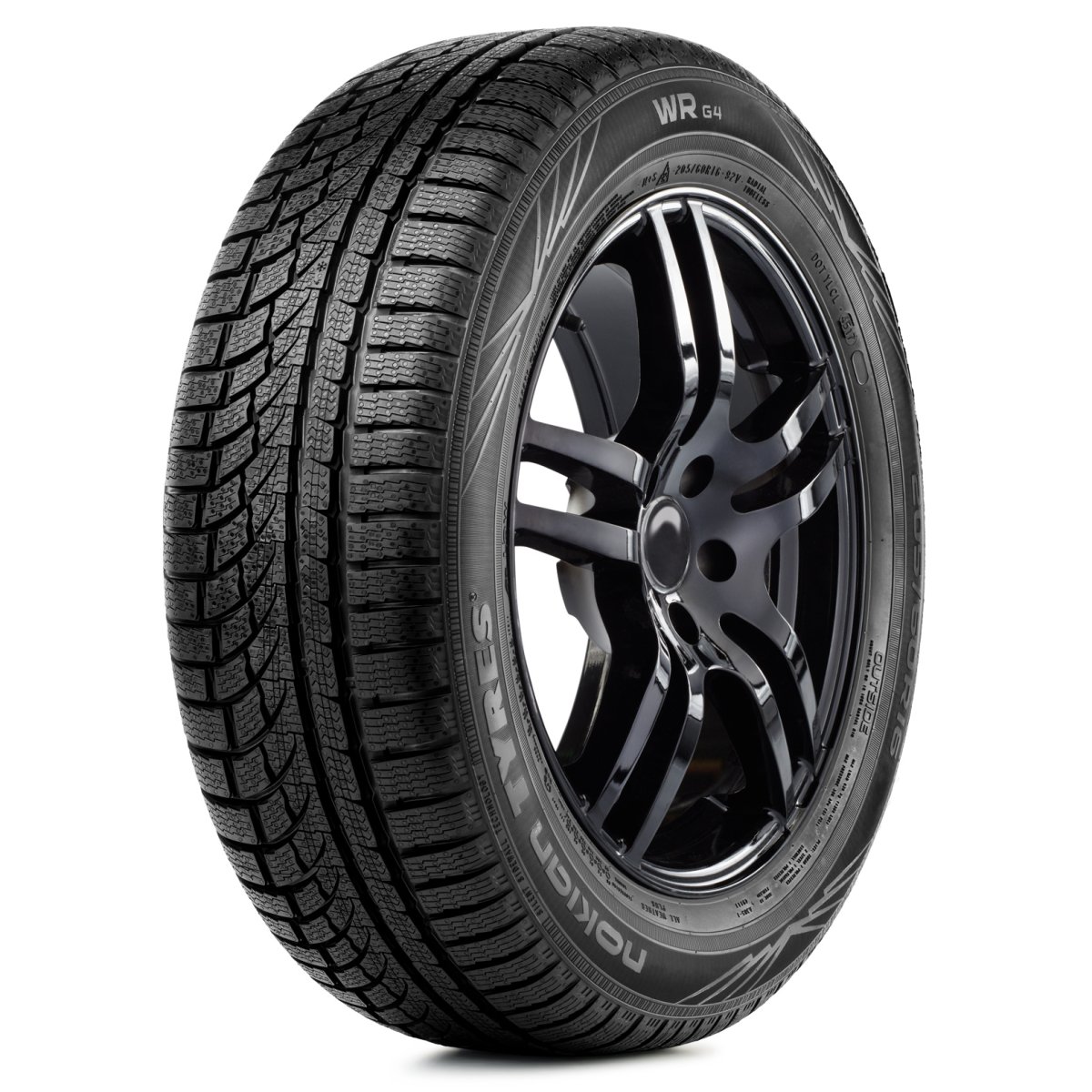It’s getting to be that time of year again. You’ve started digging out your warmer knit sweaters and trying to find last season’s mittens and toques. But what about your car? Is it time to also start thinking about changing over tires?

If you’re feeling secure in thinking you don’t need to consider a tire change, given that your vehicle comes with all-season tires, you may need to think again. All-season tires can be unsafe when driven in Canadian winters, according to Geoff Wiebe, regional sales manager for Kal Tire based in Regina. “We’ve worked pretty hard to educate customers that an all-season tire is really an all-season tire for California,” he says.
In partnership with Kal Tire, we find out more about what drivers need to know about seasonal tire changes and how they fit into your car maintenance plans.
Why switch tires?
Why not use all-season tires year-round? “The short answer is, it’s not safe,” Wiebe says. “The tires, the tread design, the rubber compound used in the manufacturing of that tire, are all not designed to sustain the low temperatures that we experience in winter in Canada. They’re not designed to deal with the roads and conditions that we have such as slush, snow, ice, black ice, pebbly ice. They’re designed for operating in optimum weather conditions.”
Winter tires can tackle those snowy or icy conditions, and also help with driving manoeuvres such as braking or cornering in the winter. “Proper tires give you the ability to react quickly, to stop when you need to, go when you need to, and it really does make a significant difference,” Wiebe says.

Get breaking National news
If you do opt for winter tires, when should you make the switch? “We have a seven-degree-Celsius benchmark. So when the ambient temperature in your neighbourhood — whether it’s Vancouver, Calgary or Toronto — in a 24-hour period hits seven degrees above zero, you want to have your tires switched,” Wiebe says. The same goes for switching them back in spring, when you should look for sustained temperatures above 7°C before swapping in the summer tires.
He also suggests leaving enough time to call ahead and make an appointment for a tire swap, particularly if you need a new set of winter tires, as global supply-chain issues are impacting consumer-good shipments. “A little bit of lead time to get your tires on is going to be to everyone’s advantage. It will make the process quicker and easier for both your supplier and you,” Wiebe says.
READ MORE: First, it was the semiconductor chip. Could a tire shortage be next?
What to look for in year-round tires
Despite their name, Wiebe says, all-season are really three-season tires, given how they deal with Canadian winter conditions.
Drivers who want year-round performance should look for tires marked “all-weather” instead. First invented by Nokian, a Finnish tire brand, and put to the elements at the company’s winter testing centre north of the Arctic Circle, these are a good option for car owners who don’t have room to store winter tires or can’t afford two sets of tires, Wiebe says.
All-weather tires suitable for Canadian winters will have an industry standard mark to watch for. “For snow- and ice-approved products, look for the three-peak mountain snowflake. Sometimes it’s called the severe service symbol,” Wiebe explains, noting the emblem is available across brands. “It appears in the sidewall of your tire and it only gets on there if the tire’s been tested and approved for severe weather service.”
While all-weather tires are tested in winter conditions, they also perform well in warmer temperatures, Wiebe adds. “You can easily buy an all-weather which has the three-peak emblem but are actually okay to run all summer.”
READ MORE: Are winter tires worth it? How to put your best wheels forward in snow and ice
Learn more about Nokian’s newest all-weather tire, the WRG 4, which is backed by a 105,000-kilometre tread-life warranty.
Find out which set of all-weather tires could be right for your vehicle with Kal Tire.



